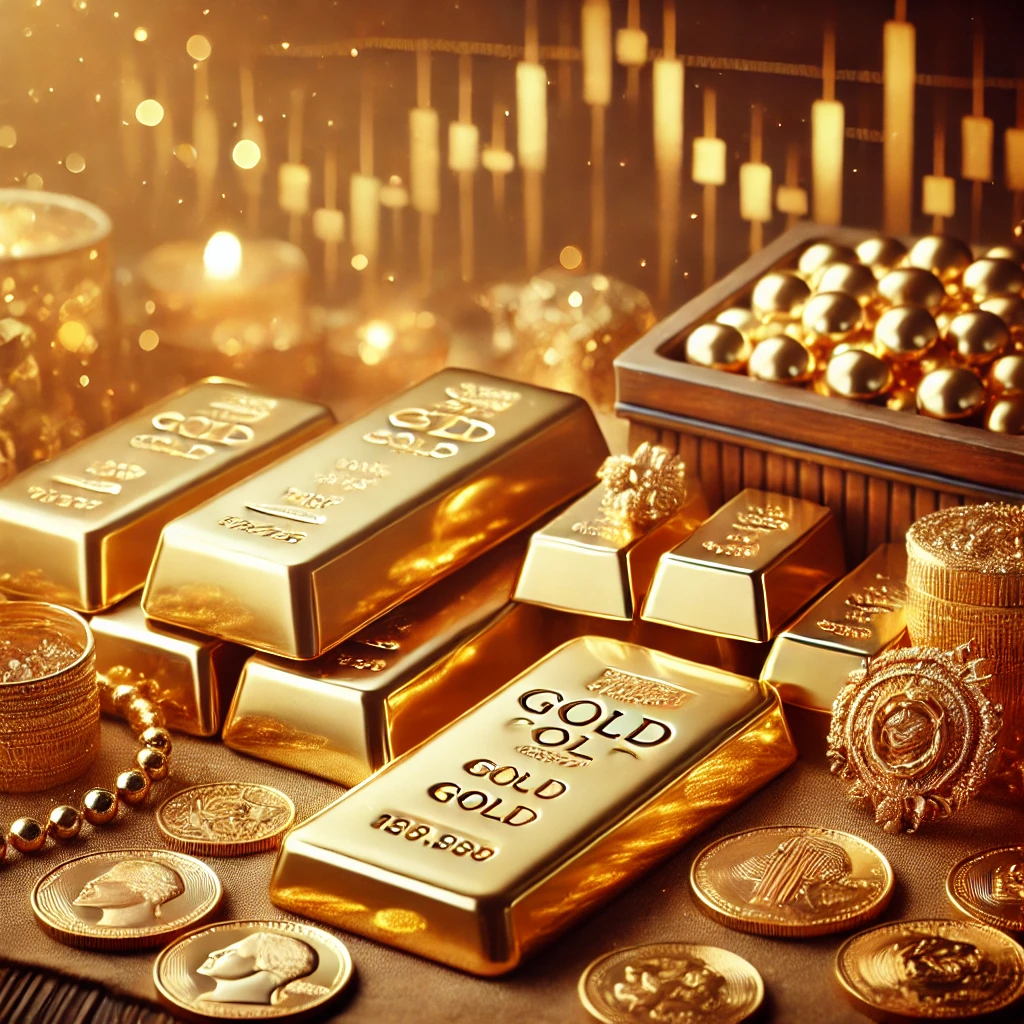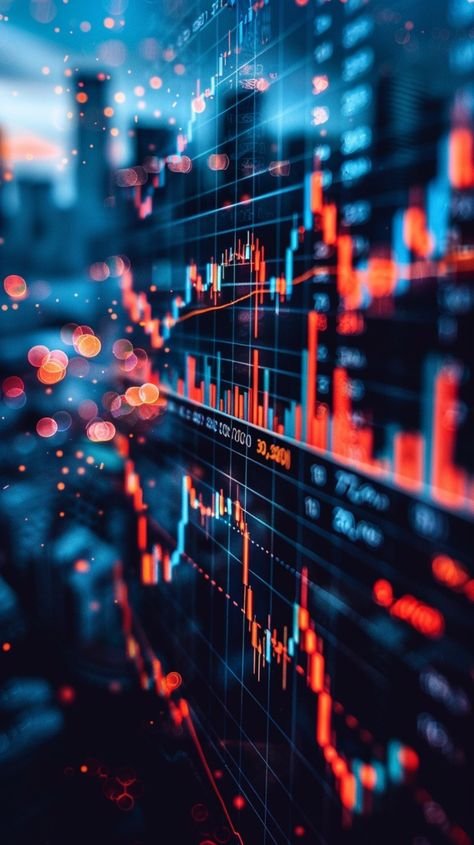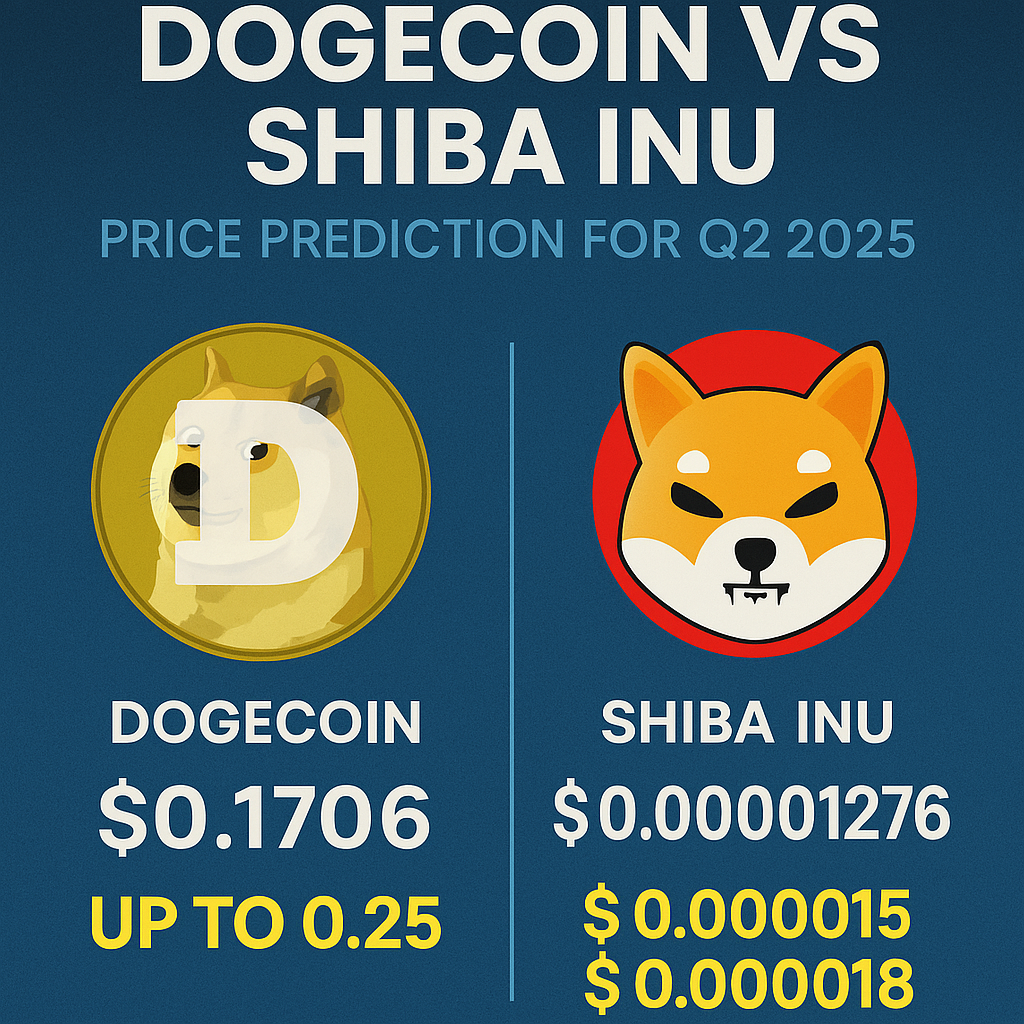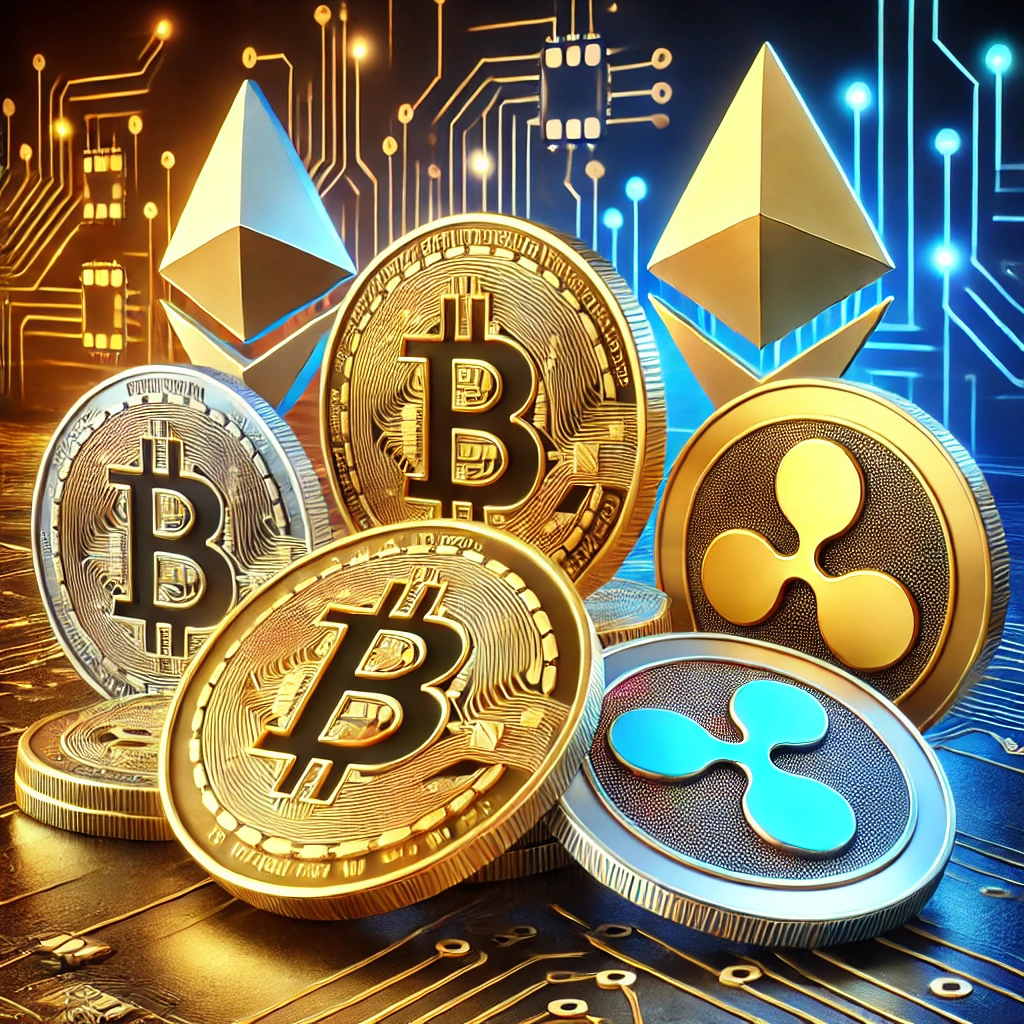Gold has long held a significant place in Indian culture, serving as both a symbol of wealth and a preferred investment vehicle. As of March 19, 2025, gold prices in India have experienced notable fluctuations, influenced by various domestic and international factors. This article provides an in-depth analysis of the current gold prices, recent trends, and the factors affecting these movements.
Current Gold Prices in India
As of March 19, 2025, the price of 24-carat gold in India stands at ₹9,018.3 per gram, reflecting an increase of ₹460 from the previous day. The 22-carat gold is priced at ₹8,268.3 per gram, up by ₹420. In major cities, such as Delhi, 10 grams of 24-carat gold are priced at ₹90,183, while in Mumbai, the same quantity costs ₹90,037.
Gold prices have shown an upward trend in recent months due to increasing demand, inflation concerns, and global economic uncertainty. Many investors consider gold a safe-haven asset, making it a preferred investment choice during uncertain times.
Recent Trends in Gold Prices
Over the past week, gold prices have exhibited an upward trend. On March 13, 2025, 24-carat gold was priced at ₹88,163 per 10 grams in Delhi. By March 18, the price had risen to ₹89,833, and on March 19, it reached ₹90,183. This increase indicates a growing demand for gold, possibly driven by economic uncertainties and geopolitical tensions.
Historically, gold prices tend to rise during times of financial instability. In India, factors such as wedding season demand, festivals, and economic policies impact gold prices significantly. Additionally, fluctuating global gold rates contribute to the frequent changes in domestic gold prices.
Factors Influencing Gold Prices
Several factors contribute to the fluctuations in gold prices in India:
1. Global Economic Conditions
Global economic uncertainties, such as trade tensions, inflationary pressures, and financial market instability, often drive investors toward safe-haven assets like gold, increasing its demand and price.
2. Currency Fluctuations
The value of the Indian Rupee against the US Dollar plays a crucial role in determining gold prices. A weaker Rupee makes gold imports more expensive, leading to higher domestic prices. Any depreciation in the Rupee often results in an increase in gold prices in India.
3. Central Bank Policies
Monetary policies adopted by central banks, including interest rate decisions, influence gold prices. Lower interest rates reduce the opportunity cost of holding gold, making it a more attractive investment. When interest rates are low, investors move their funds to gold, pushing prices higher.
4. Geopolitical Tensions
Rising geopolitical tensions can lead to increased demand for gold as a safe-haven asset, thereby driving up its price. Political instability, wars, and global conflicts often result in gold price surges, as investors seek stability in precious metals.
5. Inflation Rates
Gold serves as a hedge against inflation. When inflation rises, the purchasing power of fiat currency declines, leading investors to turn to gold to preserve their wealth. Higher inflation often translates into higher gold prices.
Impact on Gold Demand in India
Despite the recent surge in gold prices, demand in India has shown signs of cooling. The World Gold Council (WGC) projects that India’s gold consumption in 2025 will moderate from the previous year’s nine-year peak, primarily due to record-high prices dampening jewelry demand.
However, investment demand is expected to rise, as soaring gold prices lead to effectively higher returns. The demand for gold as an investment has surged by 29% in 2024 and is expected to grow further in 2025. With increasing uncertainties in global markets, more investors are turning to gold as a long-term investment option.
While jewelry demand may decline due to higher costs, financial instruments like gold ETFs (Exchange-Traded Funds) and digital gold investments are gaining traction. These alternatives provide flexibility and ease of trading while still benefiting from gold price appreciation.
Future Outlook
Financial institutions maintain a bullish outlook on gold prices. Analysts forecast that gold prices could reach $2,700 per ounce by early 2025, driven by potential interest rate cuts and increased demand from central banks. Similarly, some experts predict that gold prices could surpass $3,300 per ounce in a bullish scenario, considering ongoing trade wars, geopolitical uncertainties, and a slowing US economy.
As inflation remains a key concern for economies worldwide, gold is expected to maintain its value and continue attracting investors. The Reserve Bank of India (RBI) has also increased its gold reserves, indicating confidence in the long-term prospects of the precious metal.
Should You Invest in Gold Now?
With gold prices at record highs, many potential investors wonder if this is the right time to invest. Here are some key considerations:
- Investment Horizon – If you are investing for the long term, gold remains a strong asset class. It provides stability and acts as a hedge against inflation.
- Diversification – Experts recommend allocating a portion of your portfolio to gold to balance risk. Diversification helps reduce the impact of market volatility.
- Market Conditions – If inflation continues to rise and interest rates remain low, gold prices may climb further. However, if the US Federal Reserve increases interest rates significantly, gold prices may stabilize or decline.
- Digital Gold Options – Instead of physical gold, consider investing in gold ETFs, sovereign gold bonds (SGBs), or digital gold. These options eliminate concerns related to storage and security.
Conclusion
As of March 19, 2025, gold prices in India have experienced an upward trend, influenced by various global and domestic factors. While high prices may dampen jewelry demand, investment in gold continues to rise, reflecting its enduring appeal as a safe-haven asset. Investors and consumers should stay informed about these trends and consider the underlying factors when making decisions related to gold purchases.
With gold’s historical significance and its proven track record as a wealth-preserving asset, it remains a valuable component of any diversified investment portfolio. As global markets remain uncertain, gold continues to shine as a preferred investment choice for Indian consumers.




